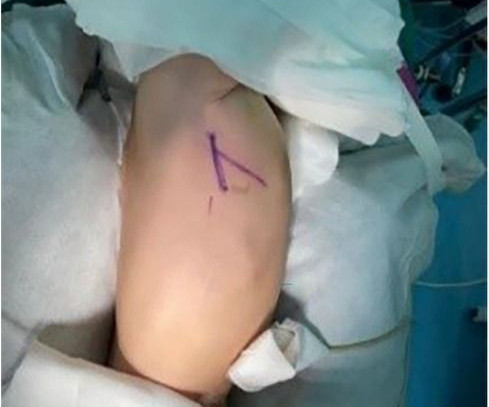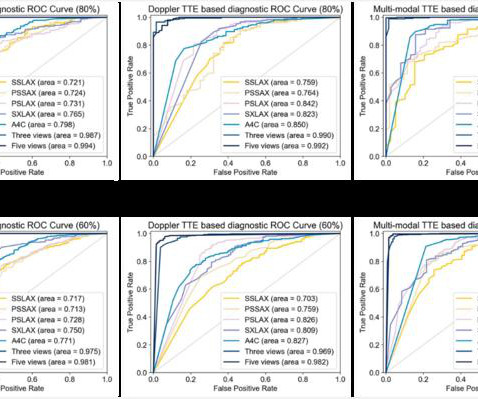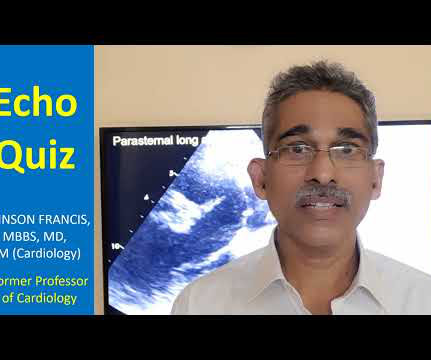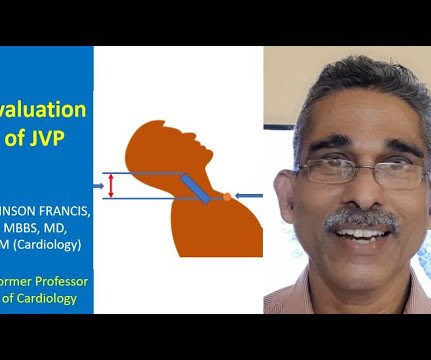Abstract 4146655: Transcatheter device closure of Ventricular Septal Defect in children weighing less than 30 lbs. is a safe and effective procedure based on 10-year experience from a single tertiary center in southern India
Circulation
NOVEMBER 11, 2024
Introduction:Ventricular septal defect (VSD) is the most common pediatric defect which benefits from closure at an early age. and excluded patients with VSD diameter >10mm and those with other congenital cardiac anomalies.Results:We included 40 patients with a mean age of 18.95 ± 13.02 The mean VSD size was 6.01 ± 2.29




















Let's personalize your content